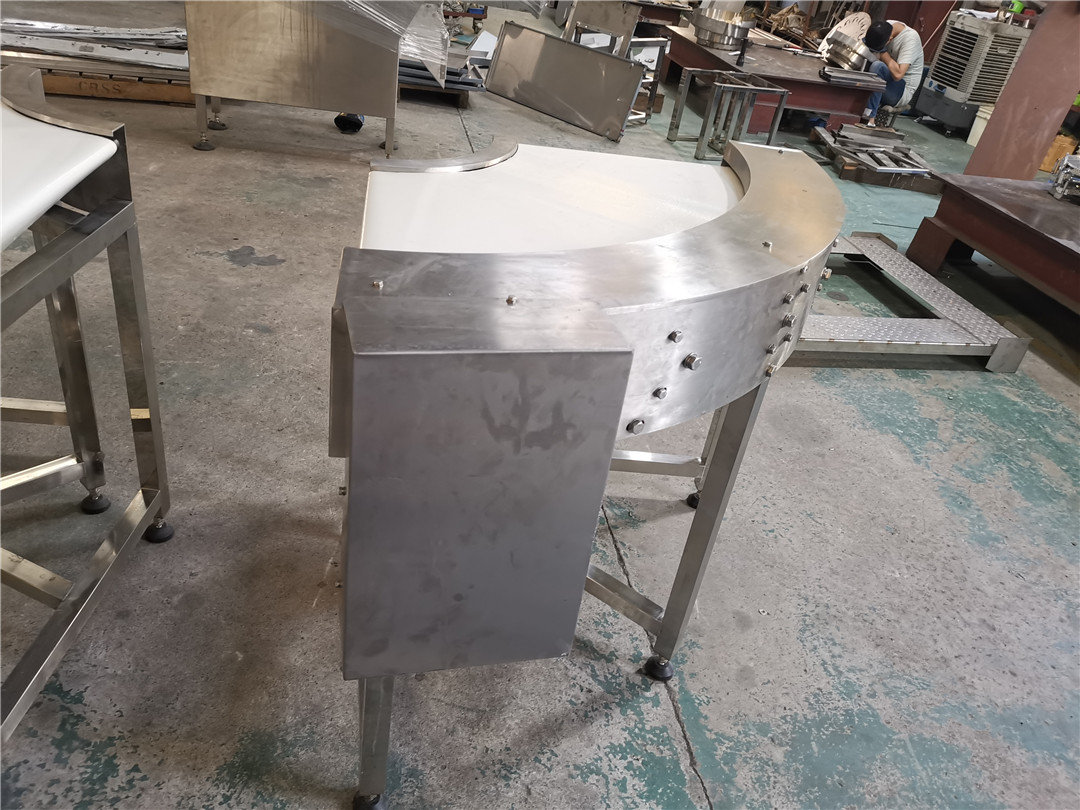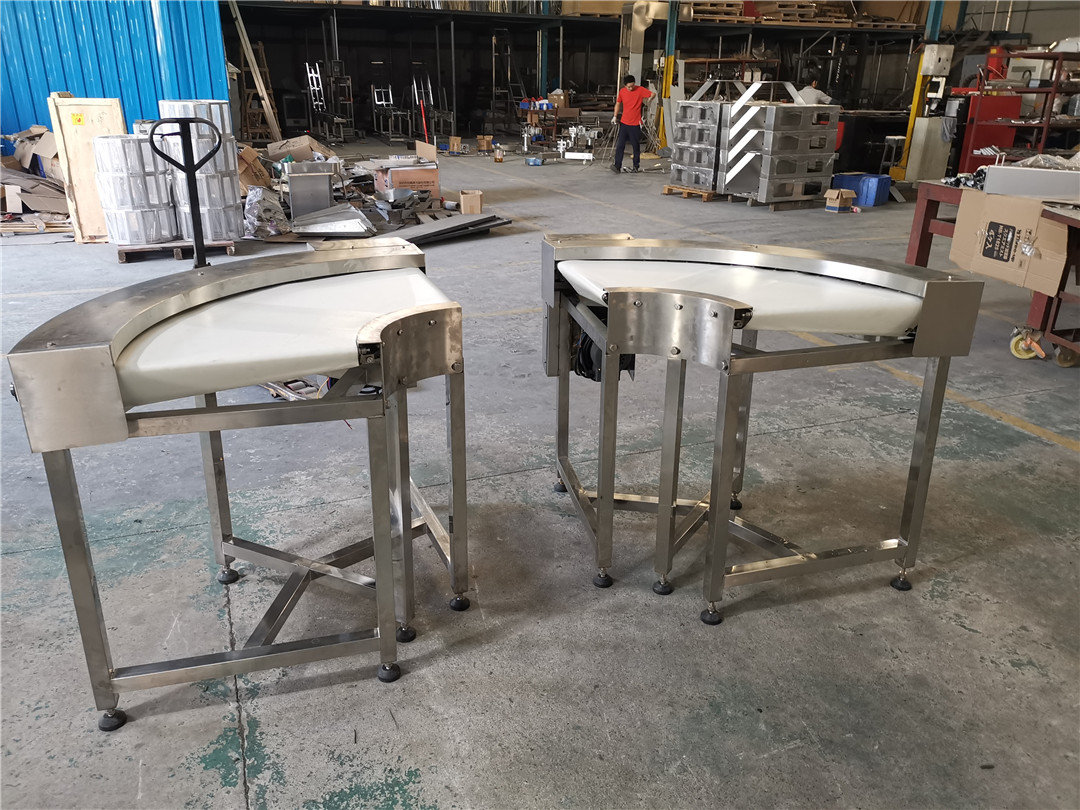The short answer is yes. Stainless steel conveyors are specifically designed to meet the stringent hygiene requirements of the food and beverage industry, and regular washing is a key part of daily production. However, knowing where to use them on the production line can save a lot of money.
In many cases, the most practical and cost-effective solution is to use a mixture of aluminum and stainless steel conveyors. “There is no doubt that stainless steel conveyors are the solution of choice in demanding production environments because of the potential risks of contamination or chemical exposure. However, aluminum conveyors provide a cost-effective alternative in production areas where these risks are not present,” says Rob Winterbot, FlexCAM Technical Sales Engineer.
The use of corrosive cleaning products in daily washing is common in a wide range of industries, including food, beverage, dairy and baking products. These aggressive cleaning products are highly alkaline and require robust material handling solutions and equipment to protect against these chemicals.
Manufacturers often make the mistake of installing aluminum surfaces along key components of the production line without considering the long-term impact of cleaning products on their machinery. Aluminum components can be oxidized and corroded, which can have a negative impact on product safety and line maintenance. Damaged parts cannot be repaired, resulting in the replacement of a much larger portion of the conveyor line than would have been required,”
Stainless steel conveyors are designed to address the corrosive nature of these chemicals and to use them safely and hygienically in areas where food comes into direct contact or where spillage and contamination are expected to occur frequently. With proper maintenance, stainless steel conveyors have an indefinite life expectancy. “When you use a premium conveyor belt, you can guarantee durable movement and wear time-tested components. Industry-leading systems such as FlexLink solutions are based on modular design, making maintenance and line modification a fairly simple process. In addition, stainless steel and aluminum usually provide the same components, allowing us to transition to low-cost aluminum parts where possible,”
Another key feature of leading stainless steel conveyor systems is their ability to operate completely without lubrication, even at high speeds. This further eliminates the possibility of contamination, another important standard in food and beverage production. In short, demanding production environments that require frequent cleaning are a strong candidate for stainless steel conveyor systems to support safe cleaning operations. Although the upfront investment in stainless steel systems is high, this can be mitigated by installing aluminum components on non-critical components for operation. This ensures optimal system costs and lower total cost of ownership.
Post time: May-14-2021


